Skin Cycling: What It Is & Best Tips For A Stronger Skin Barrier
Skin Cycling: What It Is & Best Tips For A Stronger Skin Barrier
If you’ve landed on the #skincare side of TikTok recently, you’ve probably at least heard of the term “skin cycling” and how the practice can be a game-changer for your complexion. Skin cycling is a term coined by Dr. Whitney Bowe, an NYC-based certified dermatologist, whose videos on this standard dermatology practice went viral and popularized it to the masses. Videos on #skincycling have accumulated over 3.5 billion TikTok views since it was first introduced on the app this past summer. Skin cycling is a practice that involves rotating active ingredients with “rest days” to give the skin a break, so you get your desired results without overworking or damaging the skin barrier. Most skin cycling routines operate on a 4-day cycle with the first night dedicated to exfoliation, followed by a night to using retinoids and two “recovery” days focused on skin hydration. While skin cycling routines typically follow this framework, it’s important to adjust your routine for your skin type, concerns and the current season.
Expert Tip: Zensa Healing Cream contains medicinal-grade calendula oil and grapefruit oil to support the skin barrier repair process and increase collagen production. Our vegan, cruelty-free formula combines ingredients like aloe vera, hyaluronic acid, shea butter, sunflower seed oil and glycerin to hydrate and deeply moisturize the skin. Use Zensa Healing Cream to soothe dry, itchy skin, minimize acne scarring or sun-induced hyperpigmentation and reduce inflammation from eczema flare-ups or generally stressed-out skin.
Read on to learn what skin cycling is, its benefits, how to skin cycle and build a skin cycling routine for any skin type, before and after results and tips for a strong skin barrier to maintain a healthy complexion.
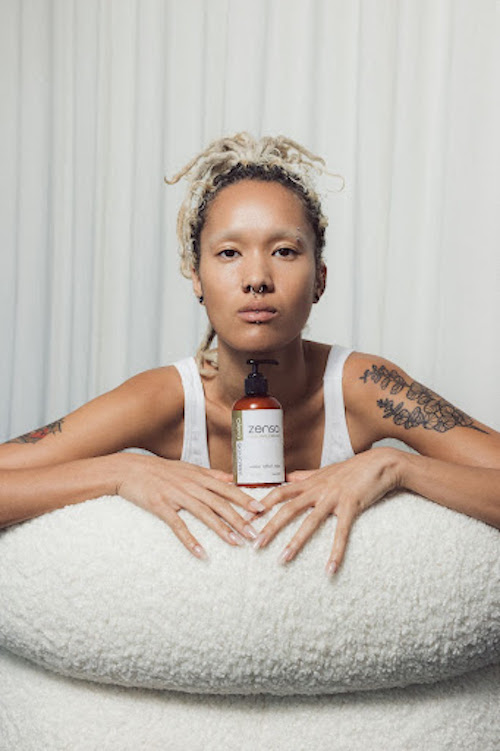
What is Skin Cycling?
Essentially, skin cycling is like a weight-training routine for your skin barrier. The regimen focuses on switching up one ingredient in your nighttime skincare routine. The standard skin cycling routine involves a 4-day “circuit” of exfoliation (first night), retinoid (second night) and recovery (nights 3 and 4). However, this skin cycling blueprint can be modified to suit the season or your skin’s particular needs. While order matters when planning your skin cycling routine, you might need more or fewer recovery nights in between the exfoliation and retinoid days, depending on your skin type. Acne-prone skin often responds best to a 3-night cycle with only one recovery night in-between active ingredient days. Individuals with sensitive skin may need to add an extra recovery day to create a 5-night skin cycle with 2 nights using active ingredients and 3 nights focused on deep moisturization.
Benefits of Skin Cycling:
Skin cycling offers a Goldilocks approach to improve your complexion and strengthen the skin barrier. It nourishes and hydrates the skin for an overall more glowy, well-hydrated and youthful-looking complexion. Think of skin cycling as a progressive overload exercise for your skin barrier: It improves your skin’s resilience without compromising the moisture barrier. Skin cycling allows your complexion to enjoy the benefits of active ingredients with minimal side effects. For example: using retinol consistently, but not daily, maximizes the product’s anti-aging benefits, including increased collagen production, fewer fine lines or wrinkles and overall smoother, more radiant skin without the typical negative effects, such as burning or skin irritation.
It takes around 1-2 weeks (or around 2 full skin cycles) to see initial results from skin cycling.
Some results you should see from skin cycling, starting after 2 full skin cycles, include:
-
Increase skin hydration and softness
-
Decreased skin blotchiness and inflammation
-
Healthier, more glowy and radiant skin
-
Fewer fine lines and wrinkles
-
Brighter, plumper and more youthful skin
Many individuals see quite drastic before and after results once following a skin cycling routine for at least a month. You will likely experience fewer eczema or rosacea flare-ups and have generally more even-toned skin. These benefits from skin cycling can help you feel more confident when going bare-faced and allow you to occasionally (or completely) skip wearing foundation.
How To Build A Skin Cycling Routine:

Night One: Exfoliation
Exfoliation should always be the first step in your skin cycling routine. A night of gentle exfoliation helps remove dead skin cells on the epidermis. This practice leaves you with a clean slate and allows the products you use the following nights to penetrate the skin better. It is recommended to use chemical exfoliant acids for this initial step. AHAs, BHAs and PHAs are all types of chemical exfoliant acids you can use to complete this skin cycling stage. For a refresher: Alpha hydroxy acids (AHAs) are best suited for individuals with dry, rough skin, while beta hydroxy acids (BHAs) are often recommended for individuals with oily or acne-prone skin. Lesser known polyhydroxy acids (PHAs) are a great alternative to AHAs or BHAs if you have more sensitive skin (or need to manage eczema, rosacea or similar inflammatory skin conditions). Examples of AHAs, BHAs and PHAs are listed below:
Examples of AHAs:
-
Glycolic Acid
-
Lactic Acid
-
Citric Acid
-
Malic Acid
-
Mandelic Acid
Examples of BHAs:
-
Salicylic Acid
-
Beta Hydroxy Butanoic Acid
-
Tropic Acid
-
Trethocanic Acid
Examples of PHAs:
-
Gluconolactone
-
Galactose
-
Lactobionic acid
Don’t layer AHAs, BHAs and PHAs or create a DIY combination of these exfoliating acids. Look for products that contain all three when possible. If possible, take a recommendation from your dermatologist on which option(s) are best to use for your particular skin type and concerns.
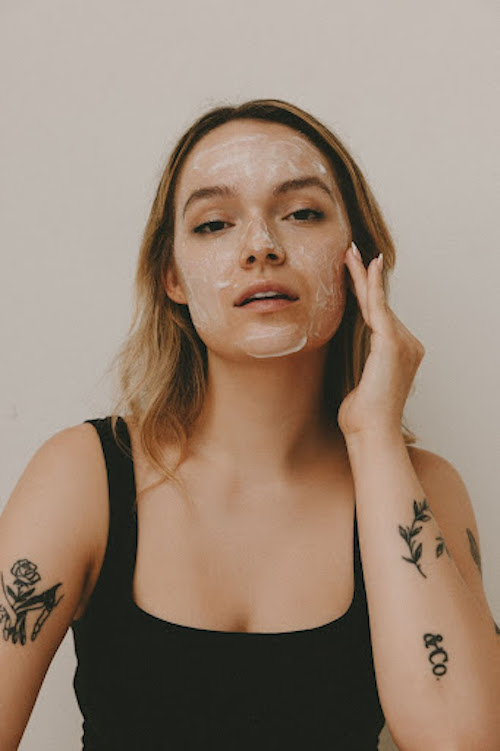
Night Two: Retinoids
Once your skin is clear of all the dead skin cells, it’s time to bring out the retinoids. Also known as vitamin A derivatives, retinoids are a powerful ingredient that can greatly improve your skin. If you’re new to skin cycling or retinoids in general, you most likely will use retinol, a weaker over-the-counter (OTC) type of retinoid.
Some benefits of retinol for your skin include its ability to reduce acne breakouts and signs of aging, brighten dull skin and improve the overall tone and texture of your skin. However, a healthy relationship with retinol is similar to the advice we often receive for our romantic endeavors: Too much, too soon often does not yield positive results. Start slowly – in small, less frequent doses – before increasing intensity.
Skin cycling allows you to reap the benefits of retinol without the common side effects like dry, itchy skin, redness, irritation, burning or increased skin sensitivity that can potentially develop if you apply these vitamin derivatives daily. When you first begin skin cycling, choose a low-concentration retinoid of 0.25%-1%, depending on your skin type and sensitivity level. Always use a 0.25% retinol concentration if you’re a beginner with thinner, dry skin. Try retinol with a slightly higher concentration (0.3-0.5%) if you have thicker, oily skin.
To prevent irritation from retinol, try applying your moisturizer before retinol at night. Remember that retinoids need to be applied to completely dry skin, so you might have to wait up to 30 minutes to apply your retinol to avoid skin irritation. Use a pea-sized amount with each application.
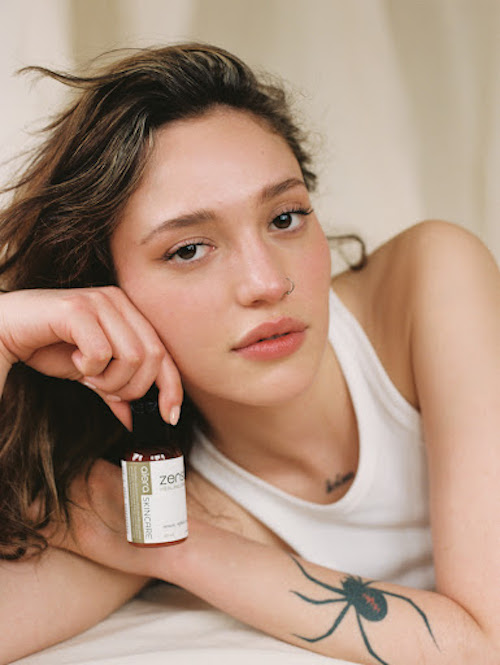
Nights Three & Four: Recovery
Consider these to be the rest days of your skin cycling routine. This stage gives your skin a break from absorbing active ingredients to focus on renewing and repairing the skin barrier. During the recovery phase, prioritize skin nourishment and use products that offer plenty of moisture and hydration. Use a gentle cleanser followed by a hydrating serum (containing ingredients like peptides, ceramides and hyaluronic acid) and a nourishing moisturizer, like Zensa Healing Cream.
Zensa Healing Cream contains medicinal-grade calendula oil and grapefruit oil, which are known to reduce inflammation, decrease hyperpigmentation, smooth fine lines and wrinkles and provide mild SPF protection. These medicinal ingredients help counteract the negative side effects of retinol, including increased skin sensitivity to the sun, skin dryness and irritation. Zensa Healing Cream combines these nourishing plant oils with ingredients like hyaluronic acid glycerin and shea butter, some of the best ingredients to help restore and repair the skin barrier.
Apply Zensa Healing Cream or another gentle moisturizer of your choice twice daily – every morning and night after completing the rest of the steps in your skin cycling routine.
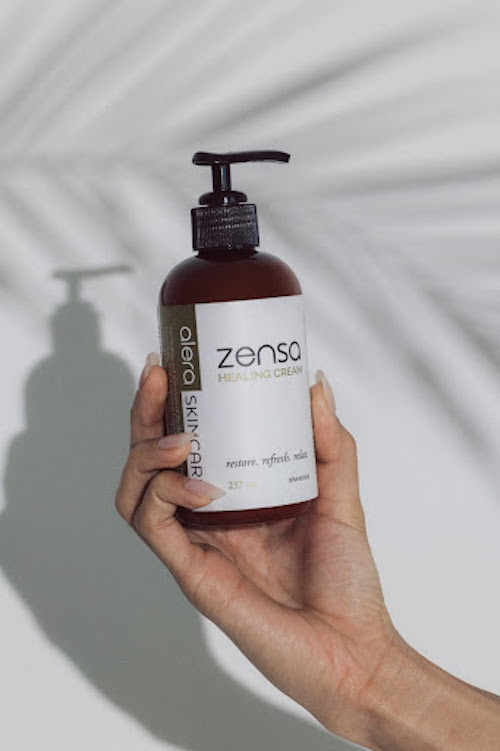
Skin Cycling For Acne-Prone Skin:
Consider skipping a recovery day if you have acne-prone skin. Many individuals with oily or acne-prone skin thrive on a 3-day skin cycling routine that includes one night each: exfoliation, retinol use and a hydration-focused recovery on repeat. Pay attention to how your skin responds and adjust the frequency of your retinol use accordingly. Continue with this 3-day skin cycling regimen if it is well-tolerated by your skin. Consider introducing a second recovery day and following a standard 4-day skin cycling routine if this 3-day regimen leaves your skin feeling slightly tight or irritated. While you may want to use a benzoyl peroxide spot treatment in the morning, never use it at night with any chemical exfoliant acids or retinol products. Mixing benzoyl peroxide with AHAs or BHAs can over-exfoliate your skin and leave you with a very dry, irritated, red, flaky, peeling or burning complexion. Benzoyl peroxide and retinoids, when layered together, cancel out each other’s benefits for your skin.
Skin Cycling for Sensitive Skin:
You can still benefit from skin cycling if you have eczema, rosacea or generally more sensitive skin. Consistency is more important than frequency when it comes to using active ingredients and while skin cycling. Consider cutting back on your “push” days (the nights you’re using active ingredients) and adding one or two recovery days into your routine to avoid irritating your skin. You might want to start with a skin cycling lineup that includes one exfoliation night with three recovery nights before introducing a retinol “push” day into your routine. For a more gentle exfoliant, try PHA over an AHA or BHA acid to prevent skin barrier damage. Once you start using retinol on the days following the exfoliation night, try using a gentle moisturizer before and after applying the retinol to prevent irritation and protect against dry, peeling, red or burning skin.

Skin Cycling Morning Routine:
It is recommended to keep your morning skincare routine consistent and fairly minimal while engaging in skin cycling at night. Sticking to a routine of a gentle cleanser, a vitamin C serum, moisturizer and sunscreen in the morning is ideal for most individuals. Use a vitamin C serum containing magnesium ascorbyl phosphate if you have dry or sensitive skin instead of l-ascorbic acid, which is best for individuals with normal or oily skin. If you have acne-prone skin, you might also want to incorporate benzoyl peroxide spot treatment or a cleanser containing benzoyl peroxide in your morning routine. Never use benzoyl peroxide at night because it cancels out the benefits of retinol and can increase the risk of irritation, regardless of your skin type.
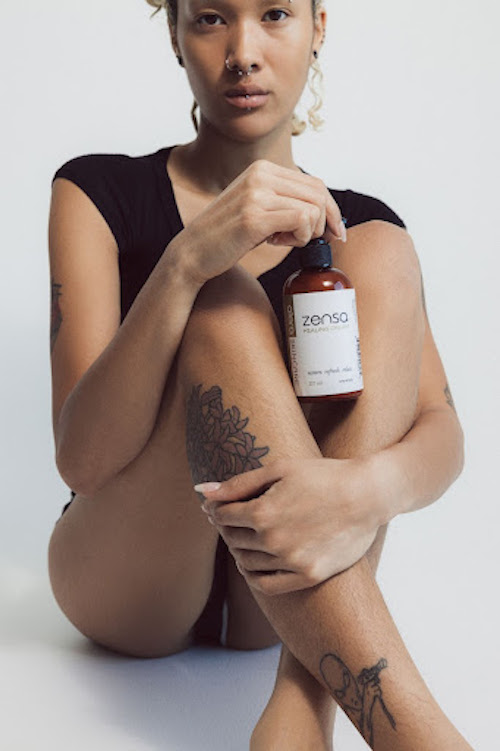
Tips For A Stronger Skin Barrier:
-
Choose Your Skincare Products Wisely: When in doubt, go back to the basics. Using abrasive products, exfoliating too much or using more than one active ingredient during your morning or night routine can easily anger the skin. Stick to a simple regimen of a gentle cleanser, a rejuvenating serum (e.g. hyaluronic acid, vitamin C, etc.), a nourishing moisturizer (like Zensa Healing Cream) and sunscreen with at least 30 SPF every morning. This simplified skincare routine provides a break from over-exfoliation with the ample moisture and UV protection necessary to repair the moisture barrier.
-
Prioritize Hydration: From your diet, drinking habits, environment and skincare routine. Eat a diet full of water-rich foods (fruits and vegetables, soups, etc.). Drink enough water (the number of ounces should be close to your weight in pounds), and limit dehydrating beverages like alcohol, energy drinks, coffee or caffeinated tea. Avoid steaming hot showers or using a heater for long durations without a humidifier. Choose skincare products with hydration benefits, such as aloe vera, hyaluronic acid, glycerin and niacinamide.
-
Stay Out of The Sun: The sun dehydrates the skin and weakens the skin barrier, which can lead to free radical damage and a dry, wrinkled and hyperpigmented complexion. Unprotected sun exposure is a double-edged sword: It depletes moisture from dry skin while encouraging oil production for individuals with oily skin. UV rays break down collagen and elastin fibers, which are essential for a strong skin barrier. Apply sunscreen with at least SPF 30 daily and use clothing, a hat or sunglasses to cover up any particularly sensitive areas of skin (such as a fresh tattoo or post-microneedling).
Zensa Healing Cream can boost the benefits of your skin cycling routine – especially if you have sensitive skin or need to keep your eczema, rosacea or psoriasis symptoms in check. Our vegan, cruelty formula helps reduce inflammation while offering moisture and hydration, with ingredients like calendula oil, avocado oil, shea butter, aloe vera, cucumber extract and more for a strong skin barrier and a calm, glowy complexion.
